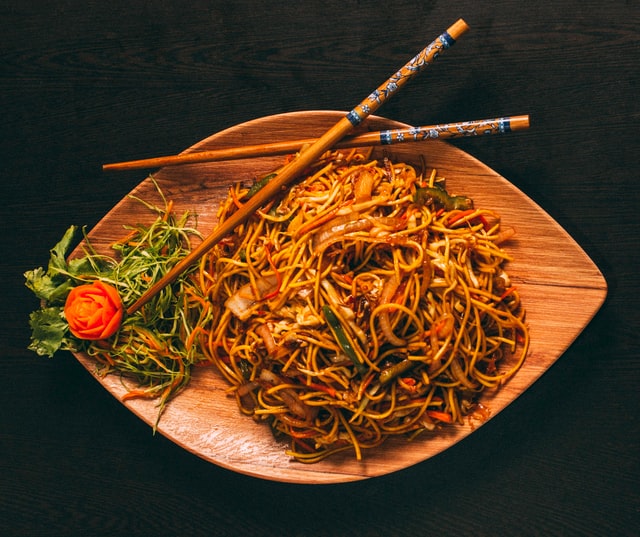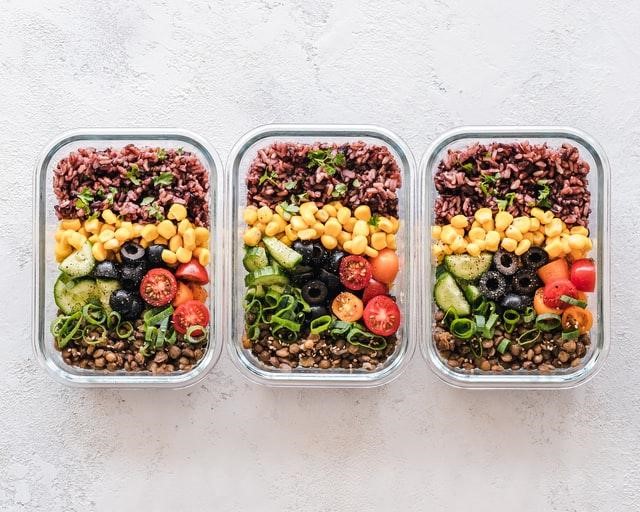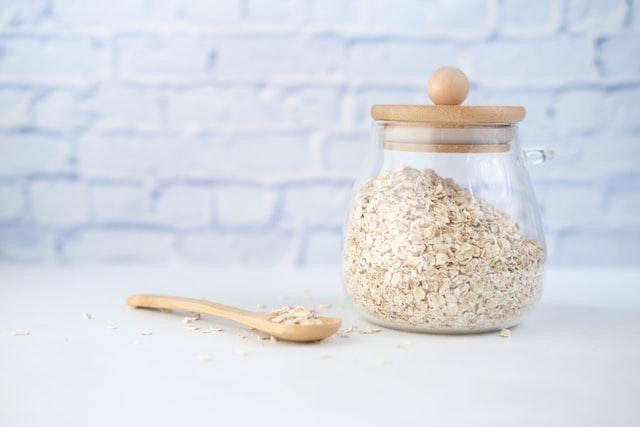
Barley tea, also known as barley water, is a popular beverage in many parts of Asia. With its rich, nutty flavour and subtle toasty taste, it's no wonder that people who live with diabetes are curious about this tasty treat.
Contents
- What is Barley tea?
- Origins of Barley tea
- Health benefits of drinking barley tea
- Cons of drinking barley tea
- Precautions to make before you drink barley tea
- How to brew your own barley tea
- Barley tea can be part of an overall healthy diet for those who live with diabetes
- How to safely consume barley tea
- Incorporating barley tea into your diet
But can you safely enjoy a cup of barley tea if you have diabetes? Well, that would depend on several factors, which will be discussed in this article!
So, without further ado, let's take a closer look at what this drink actually is, where it comes from, the pros and cons of drinking it while living with diabetes, how to brew your own tasty batch at home, and more.
What is Barley tea?
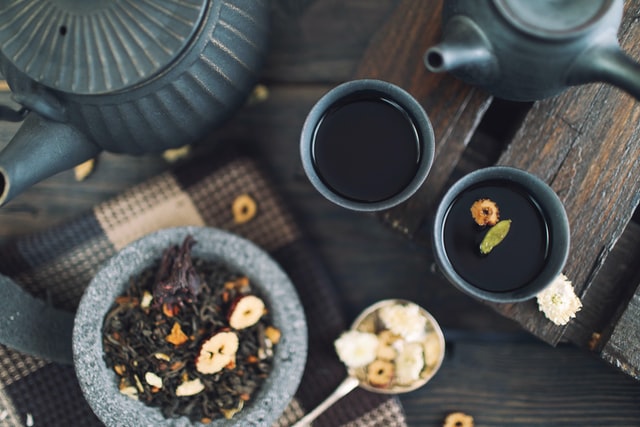
Barley tea is a type of tea made from barley. It's also known as pearl barley tea. However, "pearl" isn't an official designation and may refer to the shape of the granules in the finished product rather than anything to do with their production. Barley is a plant belonging to the genus Hordeum and the family Poaceae, which includes oats (Avena sativa/Avena fatua).
Barley tea falls into several categories: herbal teas, tisanes (flavoured waters), decaffeinated teas, or blends thereof. Barley used for these purposes may be malted or non-malted; malting involves soaking grain over time with water to germinate before being dried again for use in beverages like beer and whisky—malting affects flavour significantly!
Origins of Barley tea

Barley tea is believed to have originated in China, Japan, and Korea. In these countries, it’s an old tradition—and actually quite common—to drink warm water with a spoonful of ground barley. The beverage has been used as a home remedy for everything from curing a cold to boosting energy levels. It was also used by soldiers during war times because they could carry it easily while travelling long distances on foot or horseback (or camel).
In Vietnam and Mongolia, people drink barley tea because they believe the grain helps keep blood sugar levels stable and lowers cholesterol levels due to its high fibre content. There are many different blends available in Taiwan: some contain mint leaves or ginger root; others just have honey added for flavour instead of sugar!
Health benefits of drinking barley tea

While the tea itself doesn't have any direct effect on blood sugar levels, it contains nutrients that can help improve insulin sensitivity and reduce inflammation in the body, which may help prevent or manage diabetes.
Barley tea is an excellent source of fibre and antioxidants, which can help you lose weight and lower your blood sugar and cholesterol. In fact, barley tea has been shown to have many health benefits that could improve your overall wellbeing.
Antioxidants are substances found in foods that fight free radicals—a byproduct of normal metabolism that can damage cells when too many of them are floating around in your body. Free radicals cause inflammation, which contributes to heart disease, cancer, asthma, and diabetes, so getting more antioxidants into your diet is an essential part of staying healthy.
Barley tea has three times more antioxidant activity than other teas like black or green tea. This may explain why drinking barley tea every day might lower your risk for developing various chronic diseases such as cardiovascular disease and cancer over time.
Barley contains fibre that promotes regularity while also helping prevent constipation. Fibre-rich foods such as barley help keep blood sugar levels under control because they slow down absorption after eating carbohydrates.
Cons of drinking barley tea
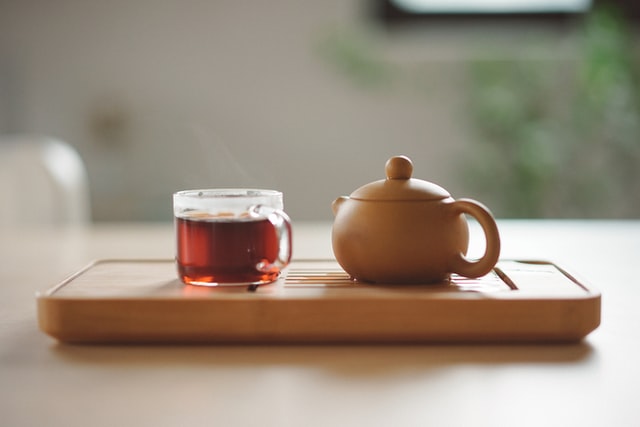
While barley tea does contain some health benefits, it's not a magic weight loss tonic. On the contrary, many of its ingredients are actually bad for you. For instance, barley contains a lot of sugar; in fact, there are more grams of sugar in one cup (about 240 ml) than there are calories in that same amount—that's quite a lot!
In addition to its high sugar content and carbs, barley tea also packs an average of 12 g per cup of caffeine—which is comparable to coffee.
While it might seem like drinking barley tea would be a suitable alternative to coffee or tea if you're trying to cut back on those beverages but can't give them up completely, keep in mind that your body needs time between sips before you can have another one without feeling jittery or nauseous.
As such, being able to quickly enjoy another sip may not be ideal if your goal is sustained energy throughout the day rather than spikes followed by crashes later on.
Precautions to make before you drink barley tea
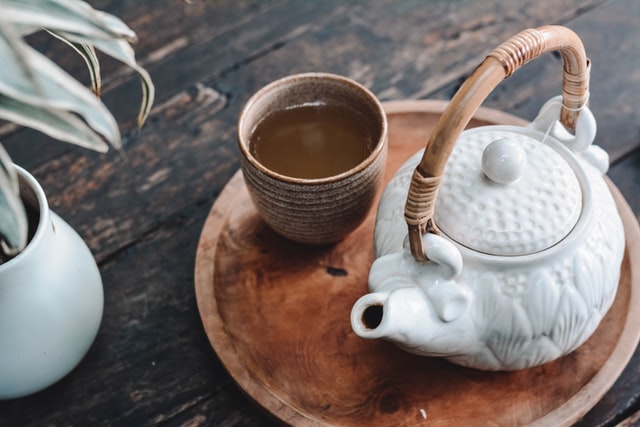
Although barley tea has many health benefits, it may not suit everyone. If you're allergic to barley or wheat, avoid them because it contains these ingredients. People with celiac disease or gluten intolerance should also avoid barley tea because of its gluten content.
If you have type 2 diabetes, avoid drinking barley tea because it can significantly raise your blood sugar levels if consumed regularly over time. In fact, according to one study, this effect was seen after just two weeks of daily consumption - even when participants were given only 100g per day.
Additionally, if you have type 1 diabetes, then avoid drinking barley tea because there isn't enough evidence yet to say that it won't cause a rise in blood glucose levels and so may interfere.
How to brew your own barley tea
Barley tea can be prepared in many ways, but the most common way is to steep the barley in hot water for about 5 to 10 minutes. You can also use an electric brewer or a teapot if you have one.
Barley tea can be part of an overall healthy diet for those who live with diabetes

Barley tea is a good source of fibre, which is an important part of a healthy diet for those who live with diabetes. Fibre helps to slow down the absorption of sugar into your bloodstream, keeping you fuller longer and preventing spikes in blood sugar levels.
Additionally, barley tea contains antioxidants that have been shown to reduce oxidative stress and protect the body from free radical damage. This can help prevent some of the complications associated with living with diabetes, like heart disease and cancer. Barley tea also contains magnesium, iron, and vitamin B6—all great things for anyone!
So while it's true that barley tea may not be able to replace all medications needed by diabetics (or non-diabetics), it definitely has some advantages over other drinks such as coffee (though there are plenty of reasons why people still love their daily cup).
In fact, one study showed that drinking black or green tea lowered HbA1C levels among participants who were overweight but did not have Type 2 diabetes mellitus!
How to safely consume barley tea
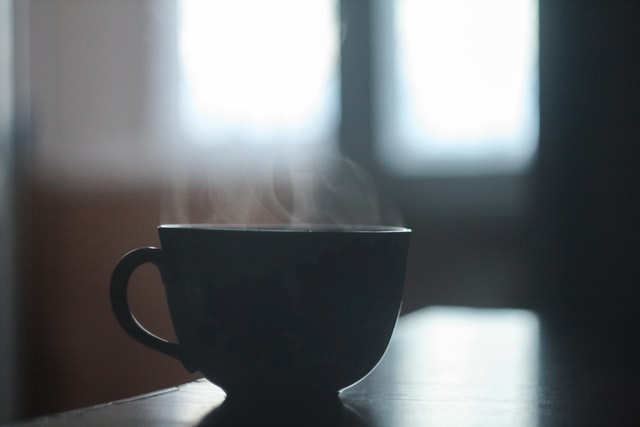
Barley tea is not recommended as a replacement for medication or insulin therapy in people with type 1 (insulin-dependent) diabetes because it doesn't contain any therapeutic amounts of insulin.
And while some studies have shown that barley may help manage blood glucose levels in people with type 2 (non-insulin-dependent) diabetes, this effect hasn't been proven yet.
So if you have any doubts about whether or not you should be drinking barley tea for your diabetes treatment, talk to your doctor or nutritionist first!
Barley tea is made by steeping the barley in hot water. It's essential to use a tea ball or infuser because you don't want the barley to come into contact with the hot water (it's very absorbent and can leach nutrients out of it).
The best way to make sure you're not messing up your barley tea is to follow these steps:
- Use only cold water from your filtered tap (don't use bottled). This will help maintain its antioxidant properties and avoid contamination from plastic or other chemicals found in some bottled waters.
- Only use one teaspoon of barley tea leaves per cup of water. This means that if you have 2 cups of barley tea, use two teaspoons or fewer barley leaves per cup. If you add too much of the leaf powder, it may lower your blood sugar levels too much and cause hypoglycemia symptoms such as dizziness or nausea.
- Do not add milk or sugar to your barley tea; these additives increase its glycemic index value even more than plain barley tea does alone.
Incorporating barley tea into your diet
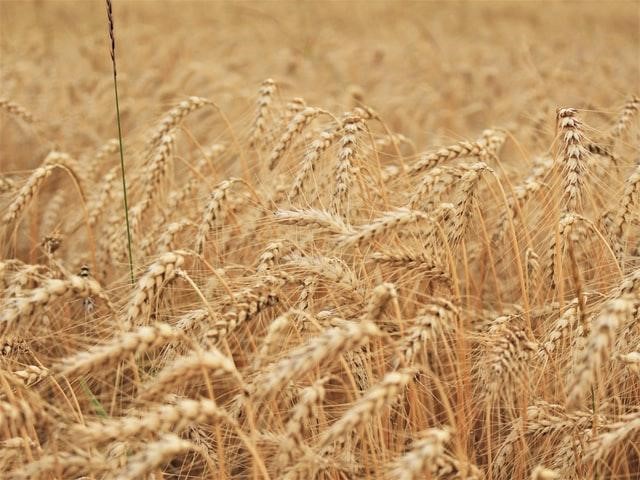
Barley tea is a delicious, natural beverage that can be brewed in various ways. It is high in antioxidants and may help relieve constipation and other stomach problems. Barley tea does not contain caffeine or gluten, making it an excellent alternative for those who want to cut back on these ingredients but still enjoy the same great taste of tea.
If you are interested in trying out barley tea as part of your diabetes management plan, talk with your doctor first about how much you should drink every day or week so that they can monitor any changes in blood sugar levels over time - this could lead to better health outcomes down the road!


